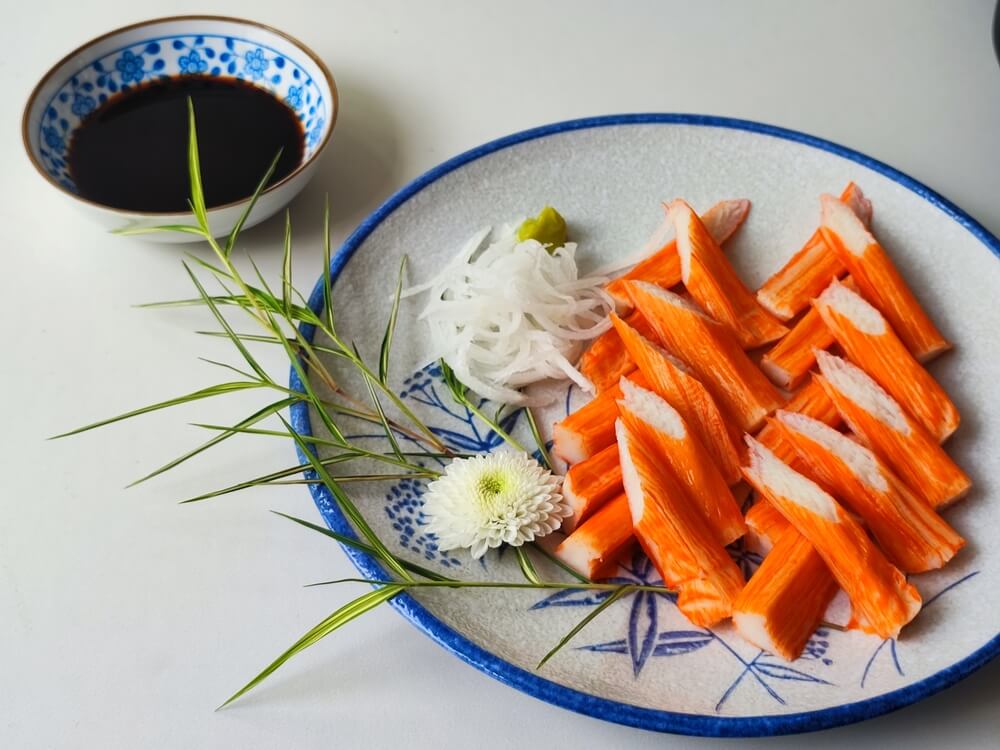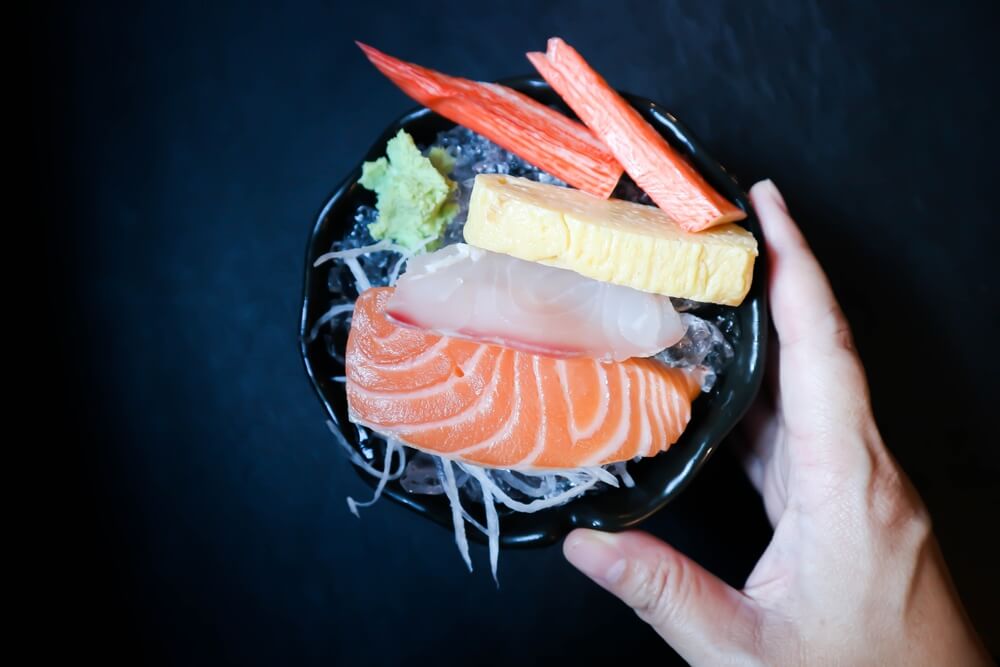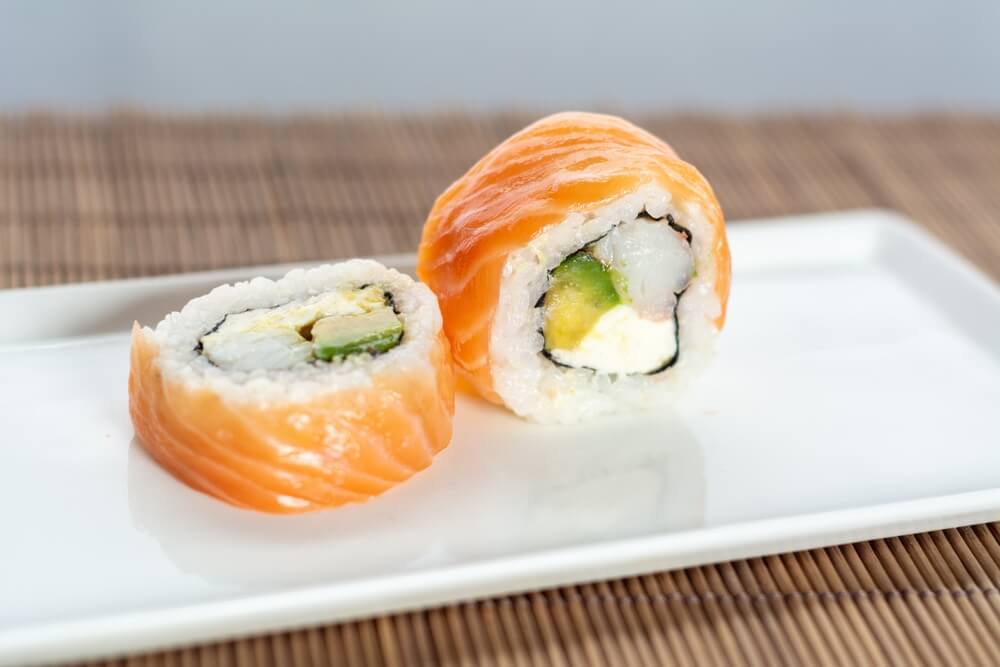Kanikama: The Art of Imitation Crab in Japanese Cuisine

If you've ever indulged in California rolls, you've likely already encountered kanikama, also known as imitation crab meat. If you purchase kanikama (or kani), you'll likely see it in the form of a crab stick or rounds. While it does not contain crab meat, the process of creating this seafood ingredient produces a delicious crab flavor and crab-like texture.
Below, we answer any questions you may have about this culinary product, including "What is kanikama?".
Introduction to Kanikama: The World of Imitation Crab Meat
Kanikama is a processed seafood product that looks and tastes like real crab meat sticks. It's particularly common to see this ingredient in Asian recipes. This seafood ingredient is not new to the Japanese culinary world. It first appeared around 50 years ago in the early 1970s in Japan. Supposedly, it was invented by mistake by a fish paste producer. It was intended to be an imitation version of jellyfish. However, it was quickly realized that kanikama had a similar consistency to crab sticks. So, the inventor switched gears and began producing imitation crab meat using white fish paste.
Since its creation, it has been marketed as a more affordable crab alternative. Eventually, it made its way to the US and continues to be a popular ingredient in recipes. It's especially popular in sushi rolls. However, over the years, the imitation crab recipes have evolved, shifting to include options like salads, rice wraps, and more.
The Making of Kanikama: Crafting Imitation Crab Sticks
Kanikama is made from surimi, a mixture of fish ground up into a paste. This paste is mixed with red food coloring to create a white and red striped crab stick. There is one main fish often used to create kanikama - Alaskan pollock. However, there are typically other white fish in the mixture. To create a more realistic crab meat texture, ingredients like egg white and cornstarch are added to the fish. These ingredients provide a delicate yet firm texture similar to what you'd expect when consuming cooked crab.

Kanikama in Sushi Rolls: A Staple Ingredient
One of the most well-known uses for kanikama is in sushi rolls. Often, you'll see it offered in sushi bars wrapped in Alaska or California rolls. In some cases, you'll even see imitation crab sticks as the star of the show in sushi. Kanikama sushi simply features prepared sushi rice, seaweed, a dab of wasabi, and large pieces of imitation crab.
Crab, in particular, is a highly sought-after ingredient in Japanese cuisine. However, it's only available during the winter months. Because of this, kanikama has become popular in the summertime. While many consider this ingredient a side dish, it's growing in popularity as a main dish. Its more affordable price point and availability have allowed those who don't have the budget to enjoy real crab regularly and continue to enjoy crab-based dishes.
This budget-friendly ingredient has also become the center of many exciting dishes in Japan, from tempura to festival foods. There are even higher-end imitation crab options, which are featured in various dishes at top restaurants. This is one seafood ingredient that has left an impact on Japan's cuisine.

Comparing Kanikama and Real Crab Meat: Flavor and Texture
Kanikama has a slightly sweet flavor and mild taste, which mimics the flavor of real crab quite well. Though there are some similarities in taste, real crab has a bolder flavor. It also has a richer, slightly nutty taste that isn't present in imitation crab meat.
While this imitation crab meat does look quite similar to real crab meat, there are a few differences. For example, kanikama crab features a red stripe of color, while real crab is more pinkish. Additionally, the texture is slightly different between the two options. Imitation crab meat is relatively uniform since it's made from a paste. Real crab meat has "imperfections" like ridges.
Since it can be eaten straight from the package or cooked, imitation crab is used for varying recipes, from seaweed salads to sushi. It's a budget-friendly option that provides home cooks a way to enjoy a similar crab flavor without breaking the bank.

Creative Culinary Uses of Imitation Crab Sticks
One reason kanikama is so popular is that it's a diverse ingredient. You can turn it into kanikama sushi, crab cakes, seafood salads, and more. Here are a few recipe ideas to help you use imitation crab meat.
Kanikama Omelet
An easy way to use kanikama is in omelet form. Whisk together eggs and milk. Then, add chopped imitation crab meat, veggies (like green onions), and cheese. You can even put a small amount of sugar into the egg mixture before cooking it to help balance the sweetness from the kani.
Imitation Crab Fried Rice
Instead of reaching for chicken or pork, why not include crab sticks in your next batch of fried rice? Simply saute old cooked rice with eggs, veggies, chopped imitation crab meat, soy sauce, sesame oil, and seasoning. Add sliced green onions before serving.
Vietnamese Spring Rolls
Another fun recipe for kani is making Vietnamese spring rolls. Add cooked vermicelli, chopped cucumber/carrots, fresh mint, chopped kani, and lettuce to softened rice paper sheets. Roll them until they look like mini burritos. Serve these fresh spring rolls with peanut sauce.
You can also use imitation crab meat in any recipe that calls for crab. It's a more affordable option than purchasing real crab meat, yet it tastes and looks quite similar.

Understanding Crab Flavoring: The Essence of Kanikama
Crab extract or a similar crab flavoring is added to these seafood sticks to create a more realistic crab taste when eating kani kama. Depending on the brand you pick, this flavoring can be artificial or made from real crab meat. Whether the brand uses artificial or real flavoring, it's still an excellent, versatile seafood ingredient.
You can easily craft kanikama recipes at home with the Kibun Kanikama Imitation Crab Stick. This imitation crab meat comes in stick form and arrives frozen, ensuring it has the freshest flavor. Simply thaw this kani, and you can use it for your favorite crab dishes. Bokksu Market also has other seafood options (including Sashimi-Grade Yellowfin Tuna - 1 lb) that make it easier to whip up yummy recipes instead of ordering takeout. You'll also find various snacks, sweet treats, ready-made meals, drinks, sauces, pantry essentials, home goods, and more at Bokksu Market. Stock up your kitchen with tasty Asian foods, and get cooking!
Author Bio








